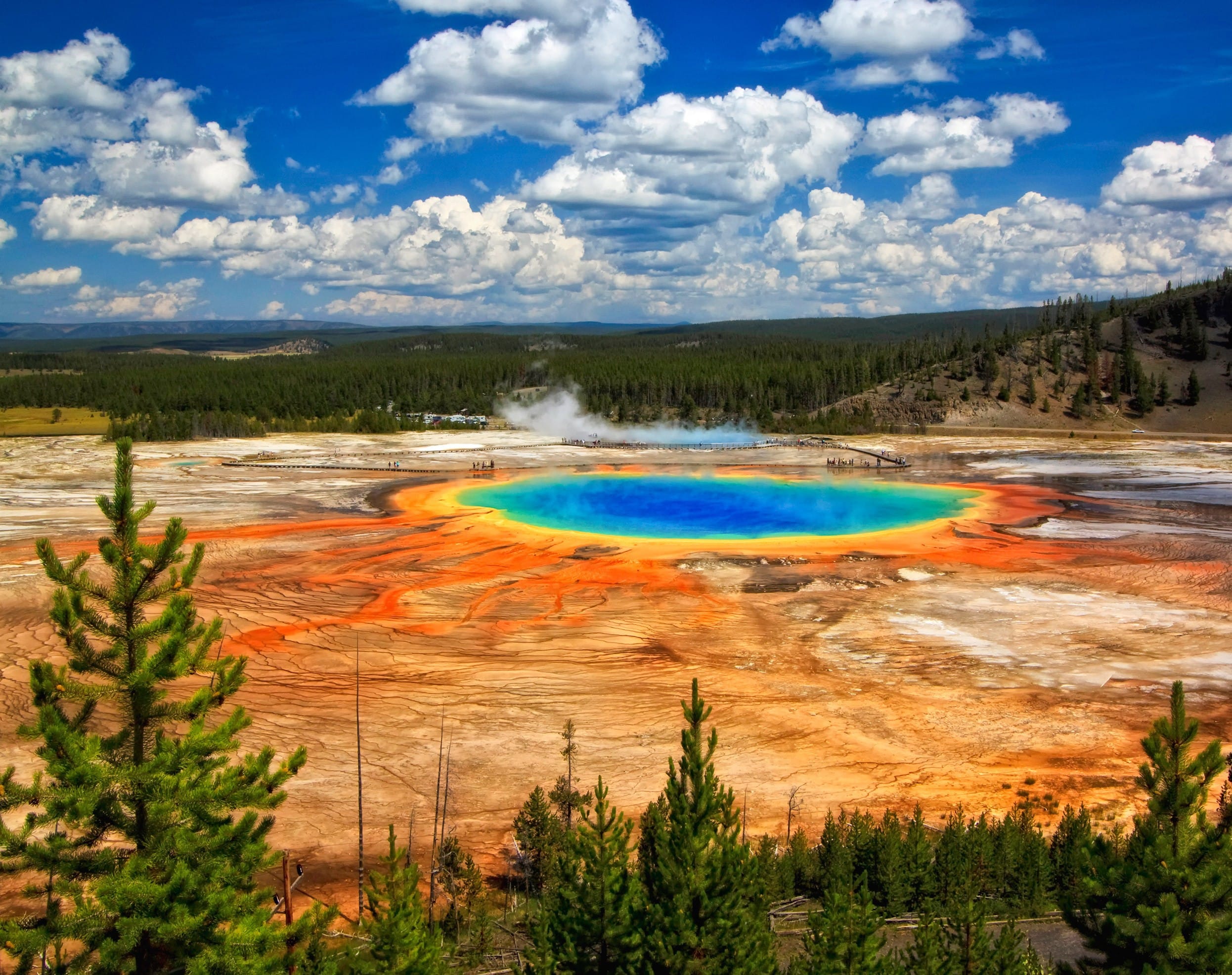The ancient stone structure located in the Golan Heights has long intrigued archaeologists and historians alike, drawing comparisons to the iconic Stonehenge in England. For years, many experts posited that this site functioned as an astronomical observatory, a place where ancient peoples could track celestial events and align their agricultural practices with the movements of the stars and planets. However, recent archaeological findings have prompted a reevaluation of this theory, suggesting that the site may have had a different purpose altogether.
The Golan Heights, a region rich in history and archaeological significance, has been the focus of numerous studies aimed at uncovering the mysteries of its ancient inhabitants. The stone structure, which consists of large, upright stones arranged in a circular formation, has been a subject of fascination for both researchers and the public. Its resemblance to Stonehenge led many to assume that it served a similar function, particularly in relation to astronomy.
However, a team of archaeologists has recently published findings that challenge the long-held belief that the Golan Heights structure was primarily an astronomical observatory. Through a combination of excavation, analysis of artifacts, and a review of historical texts, the researchers have begun to piece together a more nuanced understanding of the site’s purpose. Their work suggests that the structure may have been used for ceremonial or communal activities rather than for astronomical observations.
One of the key pieces of evidence that led to this new interpretation is the discovery of various artifacts in and around the site. These artifacts, which include pottery shards, tools, and remnants of ancient food, indicate that the area was likely a gathering place for communities. The presence of these items suggests that the site may have been used for rituals, celebrations, or other social functions, rather than for tracking celestial events.
Additionally, the researchers have pointed out that the alignment of the stones does not correspond as precisely to celestial events as previously thought. While some stones appear to align with the sunrise or sunset during certain times of the year, the overall layout does not exhibit the level of precision typically associated with astronomical observatories. This has led the team to conclude that the structure’s design may have been influenced more by social or cultural factors than by a need for astronomical accuracy.
The implications of these findings are significant, as they not only reshape our understanding of the Golan Heights structure but also contribute to the broader discourse on ancient societies and their relationship with the cosmos. The idea that ancient peoples may have engaged in communal activities and rituals, rather than solely focusing on astronomical observations, offers a more holistic view of their lives and priorities.
Furthermore, this reevaluation of the Golan Heights structure aligns with a growing trend in archaeology that emphasizes the importance of social and cultural contexts in understanding ancient sites. Researchers are increasingly recognizing that the motivations behind the construction of monumental structures may be complex and multifaceted, often reflecting the values and beliefs of the societies that built them.
As the archaeological community continues to explore the Golan Heights and its ancient sites, it is likely that further discoveries will emerge, shedding light on the lives of the people who inhabited this region thousands of years ago. The ongoing research serves as a reminder of the dynamic nature of archaeology, where new evidence can lead to shifts in understanding and interpretation.
In conclusion, the ancient stone structure in the Golan Heights, once thought to be an astronomical observatory, is now being reexamined in light of new archaeological evidence. The findings suggest that the site may have served a different purpose, possibly as a center for communal activities and rituals. This shift in perspective not only enhances our understanding of the Golan Heights structure but also contributes to the broader narrative of ancient societies and their complex relationships with their environment and each other.



